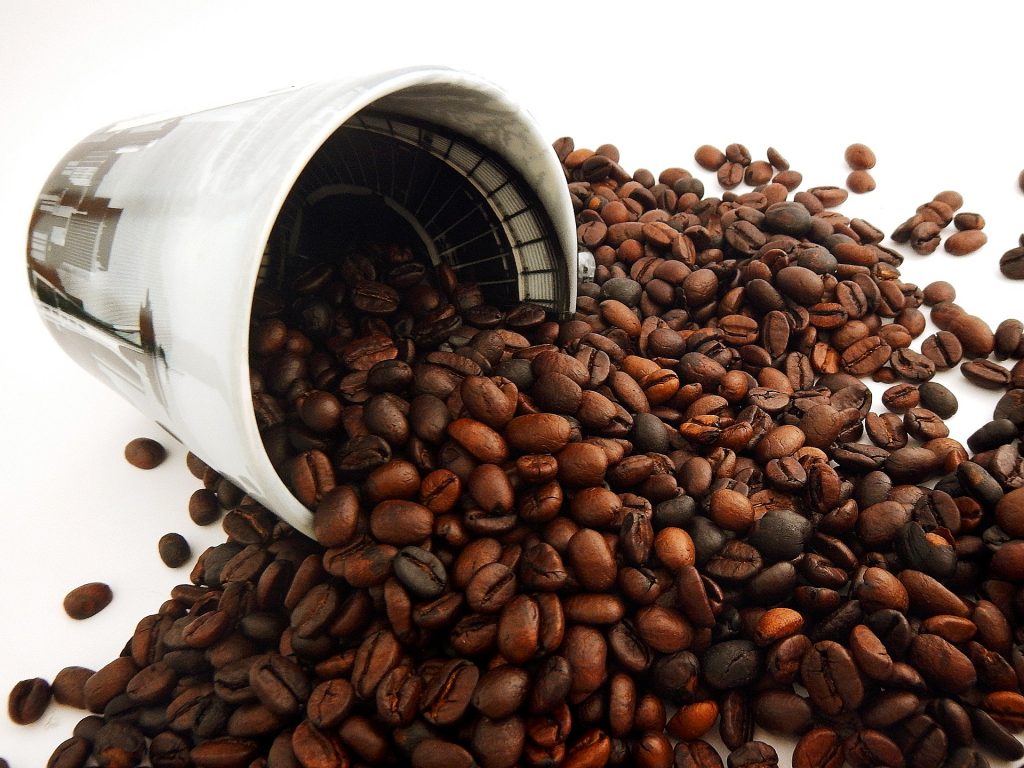
Courtesy of Lernestorod via Pixabay
Written by members of the GSA Early Career Scientist Communication and Outreach Subcommittee: Carla Bautista Rodriguez, Université Laval; Zach Grochau-Wright, University of Arizona; Angel F. Cisneros Caballero, Université Laval
Disrupting the complex and delicate balance of a genome can have devastating consequences. In humans, for example, extra copies of individual chromosomes can result in diseases, and whole-genome duplications often occur in cancer. However, extra genome copies can also provide advantages. From our morning coffee to pharmaceutical production to the origins of vertebrates, genome duplication has had many implications for our lives. Research in model organisms is helping illuminate how and why.
Our early origins
Genomes contain the information needed for the development and metabolism of living organisms. As humans, our genome is composed of 46 chromosomes. These come in 23 pairs because we inherit one half of each pair from our parents. However, organisms sometimes receive unusual numbers of chromosomes. These events can range from receiving extra copies of individual chromosomes to extra copies of the whole genome!
The number of chromosome copies an organism has is referred to as ploidy. For example, haploids have one full set of chromosomes, diploids (like humans) have two, and polyploids have more than two. One of the ways ploidy can change is through errors in cell division. Cells have to replicate their genome before they divide, so they can assign a full copy to each of their daughter cells. However the cells fail to divide sometimes, which results in a whole-genome duplication. Changes in ploidy can also result from the interbreeding of different species. This happens particularly often in plants.
When these extra copies are passed onto future generations, they can become a source for novel genetic material. One example is hinted at by curious patterns in the human genome. Some human chromosomes have long stretches of similar genes organized in the same order. Genome-scale analyses across a range of vertebrate species showed that many of these long stretches come in four copies. What is the origin of these groups of four? One possibility could be many successive duplications of individual genes. However, this is unlikely because it would require a very large number of individual events. The most likely explanation is that the ancestor of all vertebrates underwent two rounds of whole-genome duplication. These early events could have set the stage for the evolution of vertebrates and the subsequent origin of many different species, including humans.
When more is more: genome duplication and adaptation
Sometimes, polyploidy can be an advantage. Selmecki and colleagues performed an experiment where they generated haploid, diploid, and tetraploid strains of the model organism Saccharomyces cerevisiae, also known as baker’s yeast. They grew each strain in an environment where the complex sugar raffinose was the primary source of carbon. Raffinose is more difficult to metabolize than simpler sugars like glucose, so this new environment placed selective pressure on the yeast strains to adapt to the new source of energy. Selmecki and colleagues found that tetraploid yeast strains adapted faster than haploid and diploid strains to this challenging environment. The scientists then used mathematical modeling and whole genome sequencing to examine what allowed tetraploids to adapt so rapidly. They reasoned that, for duplicated genes, as long as one of the copies retains its function, the other copies can accumulate mutations that might otherwise be harmful to fitness. These additional mutations ultimately mean more genetic variation for natural selection to act on the population. Thus, the increase in variation probably helped tetraploids find the beneficial mutations for raffinose metabolism quickly.
Genome duplications have played a major role in generating the diversity of plant species we see today. They have been associated with 15% and 31% of speciation events in flowering plants and ferns, respectively. One reason for this is that polyploid plants are unable to reproduce with parent species due to different chromosome numbers. Similar to the yeast experiment above, polyploid plants have been found to evolve into different ecological niches faster than their diploid relatives. Again, this has been linked to increased genetic diversity following polyploidization.
Polyploids make food, drink, and drugs
Polyploid species have been widely used by humans for thousands of years. Today, humans still benefit from polyploidy in fields such as agriculture, industry, and biotechnology.
You can thank a polyploid for your morning coffee, for example, since coffee plants are tetraploid. This is not an isolated case; domesticated crops tend to be polyploids more often than their wild relatives. Some of these crops are widely used, including wheat crops, which are tetraploid or hexaploid, and potato crops, which have ploidy ranging from diploid, triploid, tetraploid, to pentaploid. Fruits also show high ploidy levels, like octoploid strawberries. The reason there are so many polyploid crops is because they usually have larger cells and organs than their diploid progenitors, allowing more biomass to be obtained from a single plant.
Polyploid microorganisms are also used in industrial applications. Since polyploidy tends to increase the ability of microbes to resist environmental stresses, it has been widely used in the brewing industry where cells must endure high osmotic stress and high alcohol concentrations. For instance, beer and baking yeasts and some wine hybrid strains are usually triploid and tetraploid. This is explained by the fact that the increase in ploidy is not only accompanied by an increase in size, but also, greater respiratory activity.
Recently, polyploidy has been used to make biotechnological products. For instance, ploidy has been manipulated for the enhanced production of phyto-pharmaceuticals. Since polyploidization increases the size of cells and organs and plant organs are the source of secondary metabolites, increasing ploidy can improve the bioproduction of these metabolites. For instance, tetraploids of Cannabis sativa showed an 80% increase in marijuana-like activity, and triploids or tetraploids of Papaver somniferum showed an increase of 100% in morphine concentration.
Nature constantly offers unexpected innovations. All these examples reveal that unusual numbers of chromosomes are not always harmful, and have had important evolutionary implications. In fact, genome duplications have helped shape our world, leaving a lasting impact on our economic activities and on our own human genome.
About the authors:
Acknowledgments:
We would like to thank Jacob Steenwyk, Axelle Marchant, Diana Ascencio, and Souhir Marsit for useful comments.
















